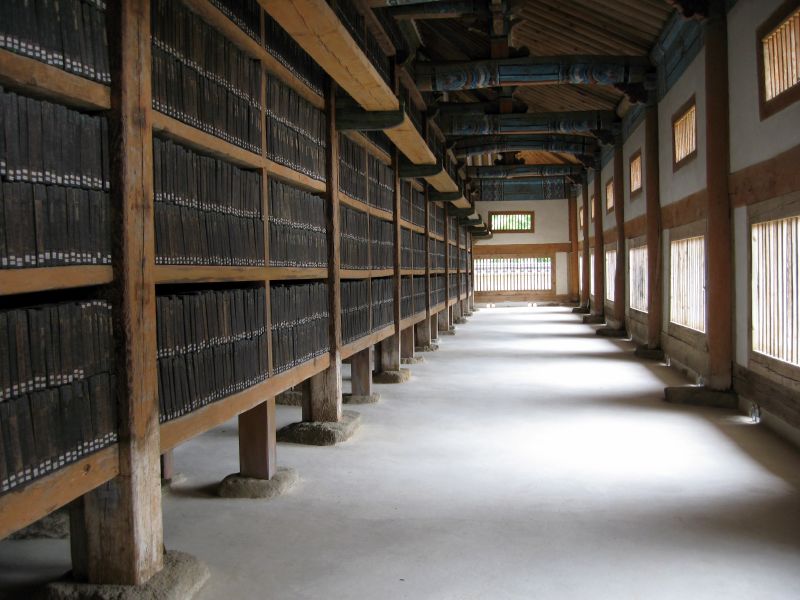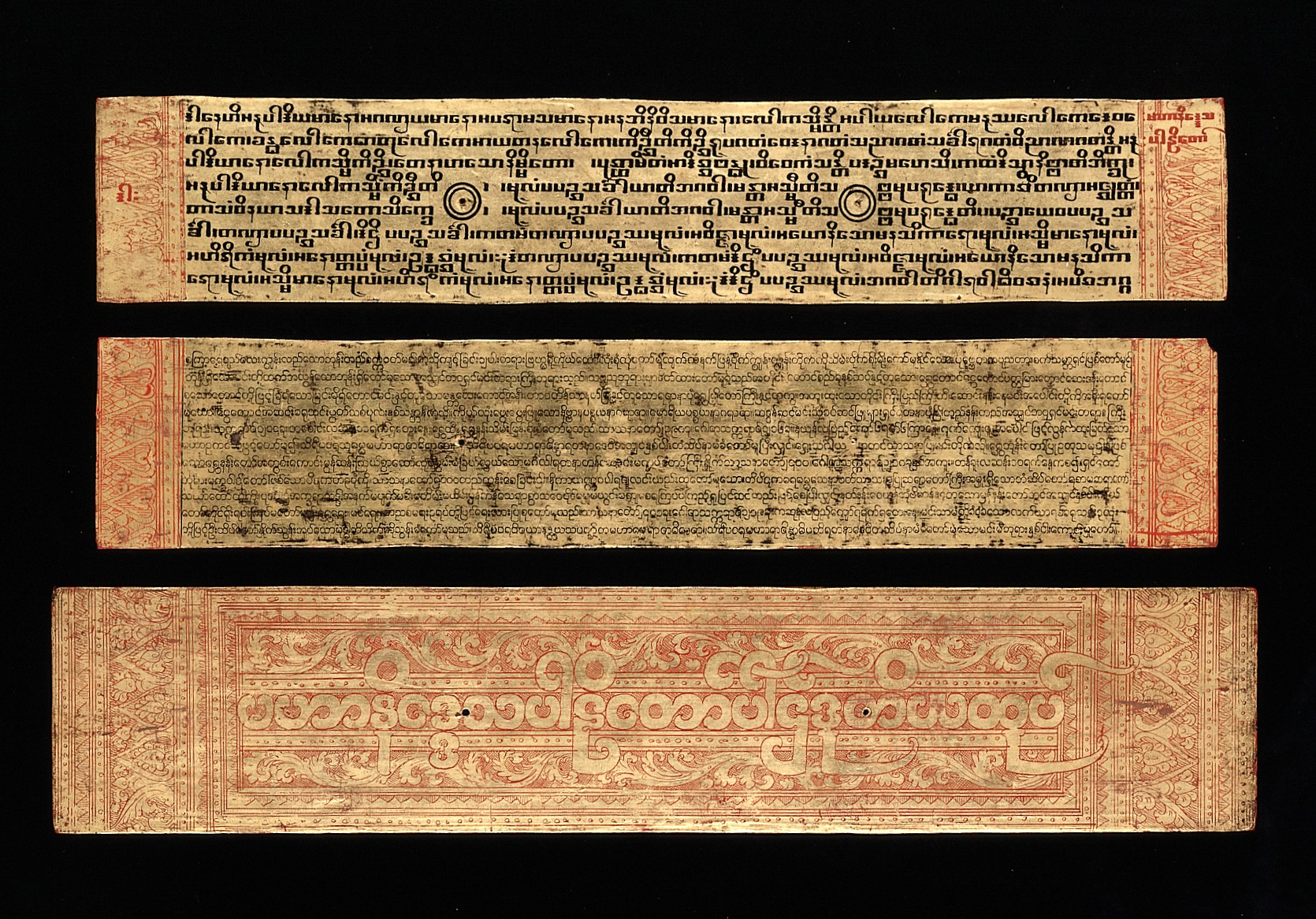|
Tripiṭaka
There are several Buddhist canons, which refers to the various scriptural collections of Buddhist sacred scriptures or the various Buddhist scriptural canons. Tipitaka Encyclopædia Britannica (2015) Some of these collections are also called ''Tipiṭaka'' () or ''Tripiṭaka'' () , meaning "Triple Basket", a traditional term for the three main divisions of some ancient canons. In ancient India, there were several Buddhist scriptural canons that were organized into three main textual divisions: Vinaya (monastic rule), (which contains teachings of the Buddha) and [...More Info...] [...Related Items...] OR: [Wikipedia] [Google] [Baidu] |
Chinese Buddhist Canon
The Chinese Buddhist canon refers to a traditional collection of Chinese language Buddhist texts which are the central canonical works of East Asian Buddhism. The traditional term for the canon is Great Storage of Scriptures ().Jiang Wu, "The Chinese Buddhist Canon" in ''The Wiley Blackwell Companion to East and Inner Asian Buddhism'', p. 299, Wiley-Blackwell (2014). The Chinese canon is a major source of scriptural and spiritual authority for East Asian Buddhism (the Buddhism of China, Korea, Japan and Vietnam). It is also an object of worship and devotion for Asian Buddhists and its reproduction is seen as an act of merit making.Jiang & Chia (2016), p. 3. The canon has also been called by other names like “Internal Classics” (neidian 内典), “Myriad of Scriptures” (zhongjing 眾經), or “All Scriptures” (yiqiejing 一切經). The development of the ''Great Storage of Scriptures'' was influenced by the Indian Buddhist concept of a Tripitaka, literally ... [...More Info...] [...Related Items...] OR: [Wikipedia] [Google] [Baidu] |
Abhidharma
The Abhidharma are a collection of Buddhist texts dating from the 3rd century BCE onwards, which contain detailed scholastic presentations of doctrinal material appearing in the canonical Buddhist scriptures and commentaries. It also refers to the scholastic method itself, as well as the field of knowledge that this method is said to study. Bhikkhu Bodhi calls it "an abstract and highly technical systemization of the uddhistdoctrine," which is "simultaneously a philosophy, a psychology and an ethics, all integrated into the framework of a program for liberation." According to Peter Harvey, the Abhidharma method seeks "to avoid the inexactitudes of colloquial conventional language, as is sometimes found in the Suttas, and state everything in psycho-philosophically exact language." In this sense, it is an attempt to best express the Buddhist view of " ultimate reality" (''paramārtha-satya''). There are different types of Abhidharma literature. The early canonical Abhidharma ... [...More Info...] [...Related Items...] OR: [Wikipedia] [Google] [Baidu] |
Buddhist Texts
Buddhist texts are religious texts that belong to, or are associated with, Buddhism and Schools of Buddhism, its traditions. There is no single textual collection for all of Buddhism. Instead, there are three main Buddhist Canons: the Pāli Canon of the Theravada, Theravāda tradition, the Chinese Buddhist canon, Chinese Buddhist Canon used in East Asian Buddhism, East Asian Buddhist tradition, and the Tibetan Buddhist canon, Tibetan Buddhist Canon used in Tibetan Buddhism, Indo-Tibetan Buddhism. The earliest Buddhist texts were not committed to writing until some centuries after the death of Gautama Buddha. The oldest surviving Buddhist manuscripts are the Gandhāran Buddhist texts, found in Pakistan and written in Gāndhārī language, Gāndhārī, they date from the first century BCE to the third century CE. The Early Buddhist texts, first Buddhist texts were initially passed on orally by Buddhist monasticism, Buddhist monastics, but were later written down and composed ... [...More Info...] [...Related Items...] OR: [Wikipedia] [Google] [Baidu] |
Sanskrit Buddhist Literature
Sanskrit Buddhist literature refers to Buddhist texts composed either in classical Sanskrit, in a Register (sociolinguistics), register that has been called "Buddhist Hybrid Sanskrit" (also known as "Buddhistic Sanskrit" and "Mixed Sanskrit"), or a mixture of these two.Edgerton, Franklin (1953). ''Buddhist Hybrid Sanskrit Grammar and Dictionary'', ''Volume 1,'' pp. 1-3. MOTILAL BANARSIDASS. .Winternitz (1972) pp. 226-227. Several non-Mahayana, Mahāyāna Nikaya Buddhism, Nikāyas appear to have kept their canons in Sanskrit, the most prominent being the Sarvastivada, Sarvāstivāda school.Prebish, Charles S. (2010) ''Buddhism: A Modern Perspective'', pp. 42-44. Penn State Press. Many Sutra, Mahāyāna Sūtras and Shastra, śāstras also survive in Buddhistic Sanskrit or in standard Sanskrit. During the Indian Tantra, Tantric Age (8th to the 14th century), numerous Tantras (Buddhism), Buddhist Tantras were written in Sanskrit, sometimes interspersed with local languages like Apab ... [...More Info...] [...Related Items...] OR: [Wikipedia] [Google] [Baidu] |
Theravada
''Theravāda'' (; 'School of the Elders'; ) is Buddhism's oldest existing school. The school's adherents, termed ''Theravādins'' (anglicized from Pali ''theravādī''), have preserved their version of the Buddha's teaching or ''Dharma (Buddhism), Dhamma'' in the Pāli Canon for over two millennia. The Pāli Canon is the most complete Buddhist canon surviving in a Indo-Aryan languages, classical Indian language, Pāli, which serves as the school's sacred language and ''lingua franca''.Crosby, Kate (2013), ''Theravada Buddhism: Continuity, Diversity, and Identity'', p. 2. In contrast to Mahāyāna and Vajrayāna, Theravāda tends to be conservative in matters of doctrine (''pariyatti'') and monastic discipline (''vinaya''). One element of this Religious conservatism, conservatism is the fact that Theravāda rejects the authenticity of the Mahayana sutras (which appeared onwards). Consequently, Theravāda generally does not recognize the existence of many Buddhas and bodhisattva ... [...More Info...] [...Related Items...] OR: [Wikipedia] [Google] [Baidu] |
Vinaya Pitaka
The Vinaya (Pali and Sanskrit: विनय) refers to numerous monastic rules and ethical precepts for fully ordained monks and nuns of Buddhist Sanghas (community of like-minded ''sramanas''). These sets of ethical rules and guidelines developed over time during the Buddha's life. More broadly, the term also refers to the tradition of Buddhist ethical conduct. The term "Vinaya" also refers to a genre of Buddhist texts which contain these precepts and rules and discuss their application, along with various stories of how the rules arose and how they are to be applied. Various lists and sets of Vinaya precepts were codified and compiled after the Buddha's death in different Vinaya texts.The 17th Karmapa Orgyen Trinley Dorje. "The development of the Vinaya rules for monastics and the Pratimoksha Sutra precepts". August 2022. Transcribed by Adele Tomlin, ''Dakini Translations'', 02 September 2022. As one of the main components of the canonical Buddhist canons (Tripiṭakas), a ... [...More Info...] [...Related Items...] OR: [Wikipedia] [Google] [Baidu] |
Pali Canon
The Pāḷi Canon is the standard collection of scriptures in the Theravada Buddhism, Buddhist tradition, as preserved in the Pāli language. It is the most complete extant Early Buddhist texts, early Buddhist canon. It derives mainly from the Tamrashatiya school. According to Buddhist tradition, during the First Buddhist Council, three months after the parinibbana of Gautama Buddha in Rajgir, Ananda recited the Sutta Piṭaka, Sutta Pitaka, and Upali recited the Vinaya Piṭaka, Vinaya Pitaka. The Arhats present accepted the recitations, and henceforth, the teachings were preserved orally by the Sangha. The Tipitaka that was transmitted to Sri Lanka during the reign of King Asoka was initially preserved orally and later written down on palm leaves during the Fourth Buddhist Council in 29 BC, approximately 454 years after the death of Gautama Buddha. The claim that the texts were "spoken by the Buddha" is meant in this non-literal sense. The existence of the Bhāṇaka tradi ... [...More Info...] [...Related Items...] OR: [Wikipedia] [Google] [Baidu] |
Vinaya
The Vinaya (Pali and Sanskrit: विनय) refers to numerous monastic rules and ethical precepts for fully ordained monks and nuns of Buddhist Sanghas (community of like-minded ''sramanas''). These sets of ethical rules and guidelines developed over time during the Buddha's life. More broadly, the term also refers to the tradition of Buddhist ethical conduct. The term "Vinaya" also refers to a genre of Buddhist texts which contain these precepts and rules and discuss their application, along with various stories of how the rules arose and how they are to be applied. Various lists and sets of Vinaya precepts were codified and compiled after the Buddha's death in different Vinaya texts.The 17th Karmapa Orgyen Trinley Dorje. "The development of the Vinaya rules for monastics and the Pratimoksha Sutra precepts". August 2022. Transcribed by Adele Tomlin, ''Dakini Translations'', 02 September 2022. As one of the main components of the canonical Buddhist canons (Tripiṭakas), a ... [...More Info...] [...Related Items...] OR: [Wikipedia] [Google] [Baidu] |
Pali
Pāli (, IAST: pāl̤i) is a Classical languages of India, classical Middle Indo-Aryan languages, Middle Indo-Aryan language of the Indian subcontinent. It is widely studied because it is the language of the Buddhist ''Pali Canon, Pāli Canon'' or ''Tripiṭaka, Tipiṭaka'' as well as the sacred language of ''Theravada, Theravāda'' Buddhism. Pali was designated as a Classical languages of India, classical language by the Government of India on 3 October 2024. Origin and development Etymology The word 'Pali' is used as a name for the language of the Theravada canon. The word seems to have its origins in commentarial traditions, wherein the (in the sense of the line of original text quoted) was distinguished from the commentary or vernacular translation that followed it in the manuscript. K. R. Norman suggests that its emergence was based on a misunderstanding of the compound , with being interpreted as the name of a particular language. The name Pali does not appear in t ... [...More Info...] [...Related Items...] OR: [Wikipedia] [Google] [Baidu] |
East Asian Buddhism
East Asian Buddhism or East Asian Mahayana is a collective term for the schools of Mahāyāna Buddhism which developed across East Asia and which rely on the Chinese Buddhist canon. These include the various forms of Chinese, Japanese, Korean, and Vietnamese Buddhism.Jones, Charles B. (2021). ''Pure Land: History, Tradition, and Practice'', p. xii. Shambhala Publications, . East Asian Buddhists constitute the numerically largest body of Buddhist traditions in the world, numbering over half of the world's Buddhists. East Asian forms of Buddhism all derive from the sinicized Buddhist schools which developed during the Han dynasty and the Song dynasty, and therefore are influenced by Chinese culture and philosophy. The spread of Buddhism to East Asia was aided by the trade networks of the Silk Road and the missionary work of generations of Indian and Asian Buddhists. Some of the most influential East Asian traditions include Chan (Zen), Nichiren Buddhism, Pure Land, Huay ... [...More Info...] [...Related Items...] OR: [Wikipedia] [Google] [Baidu] |








